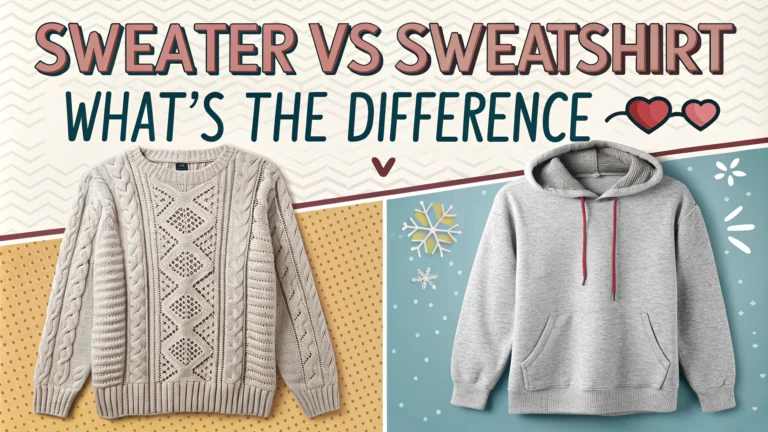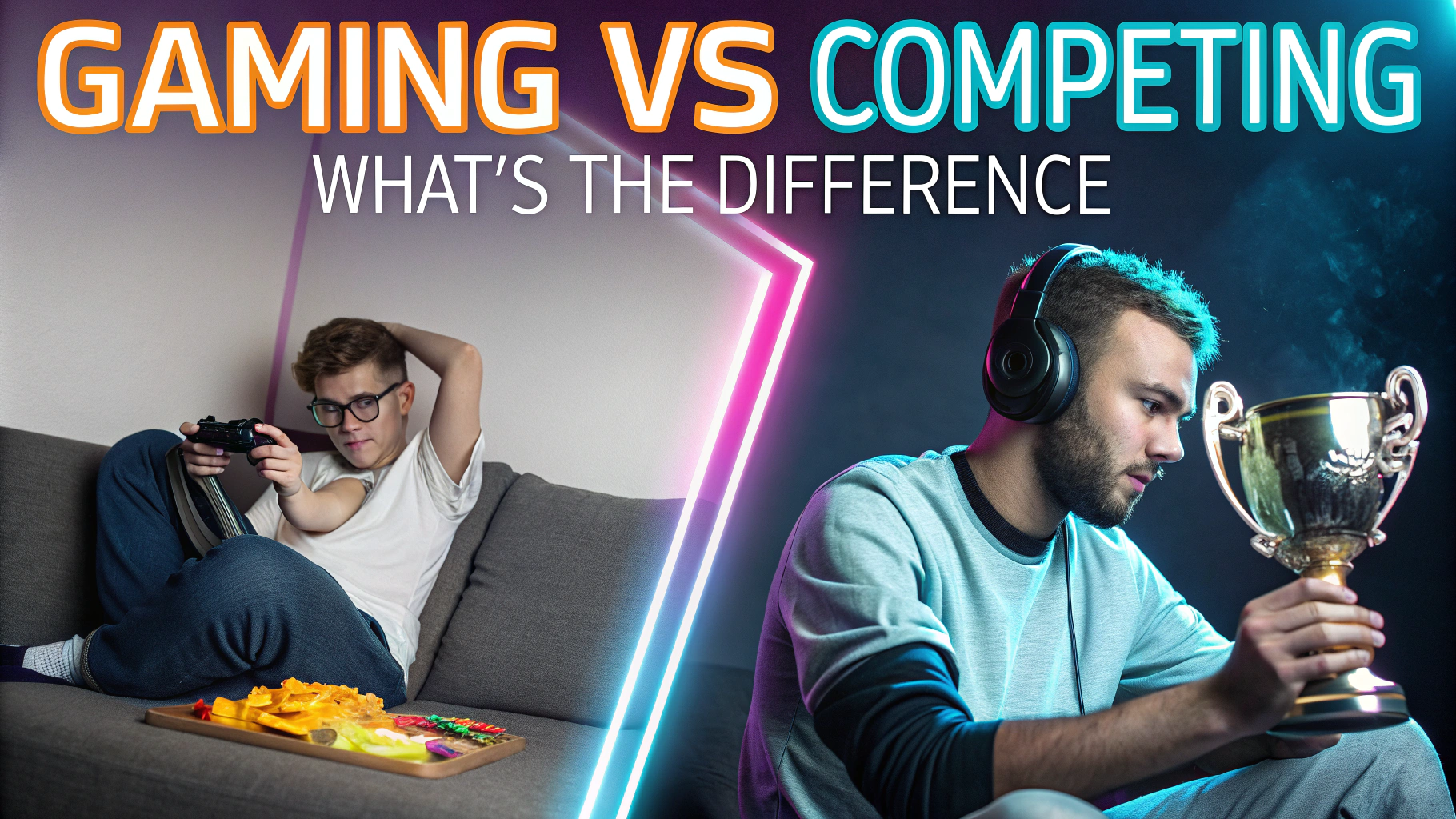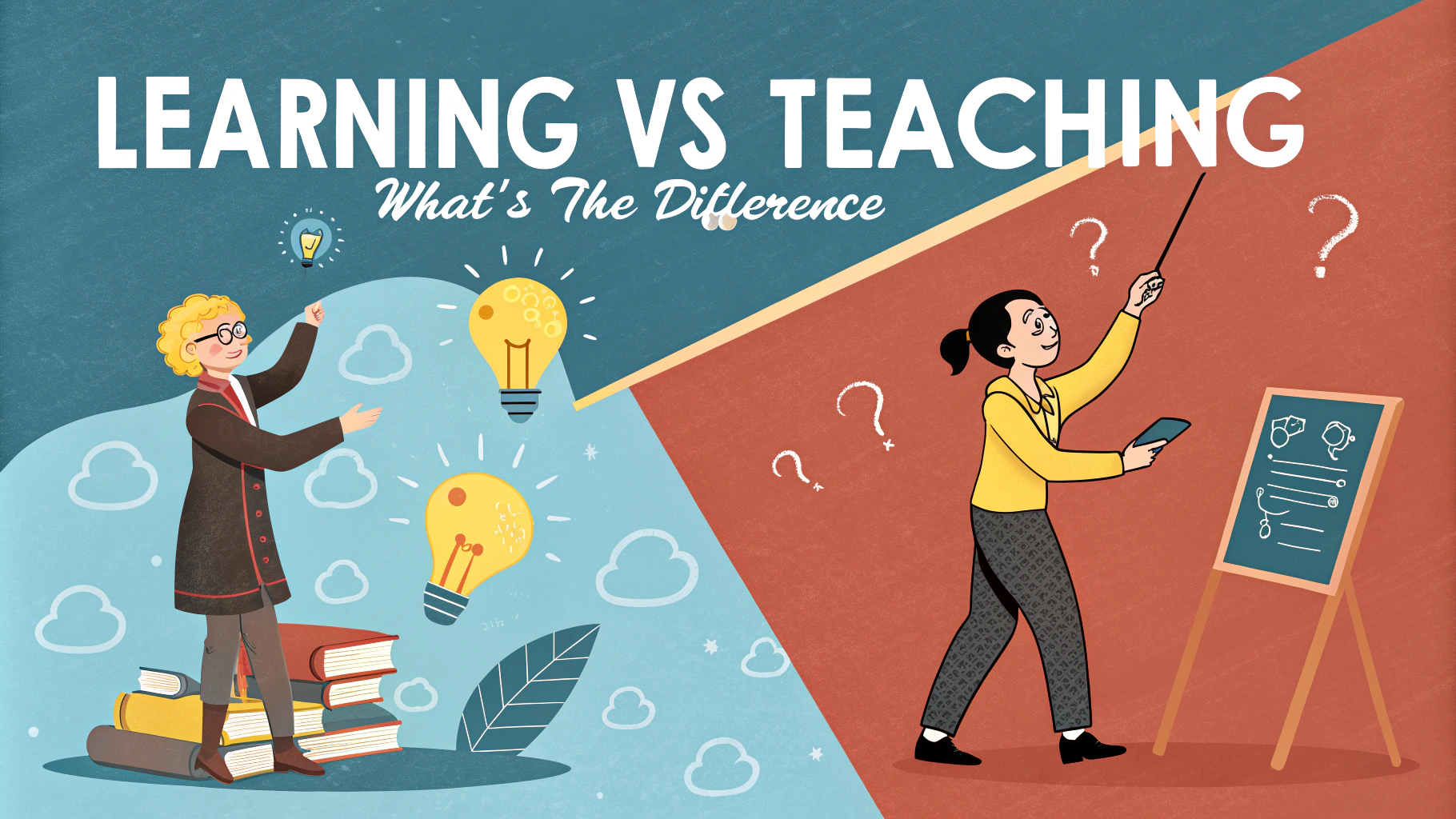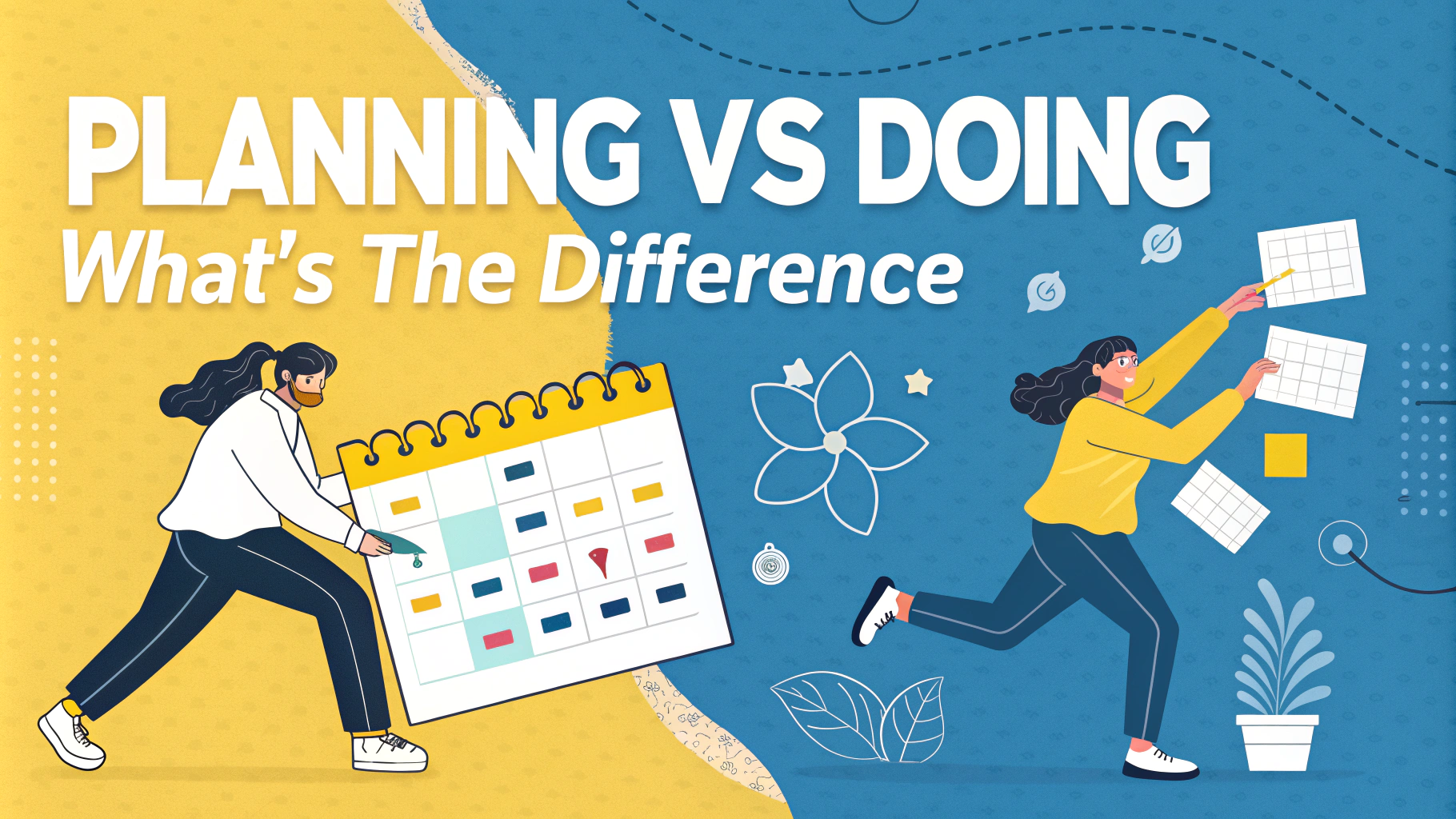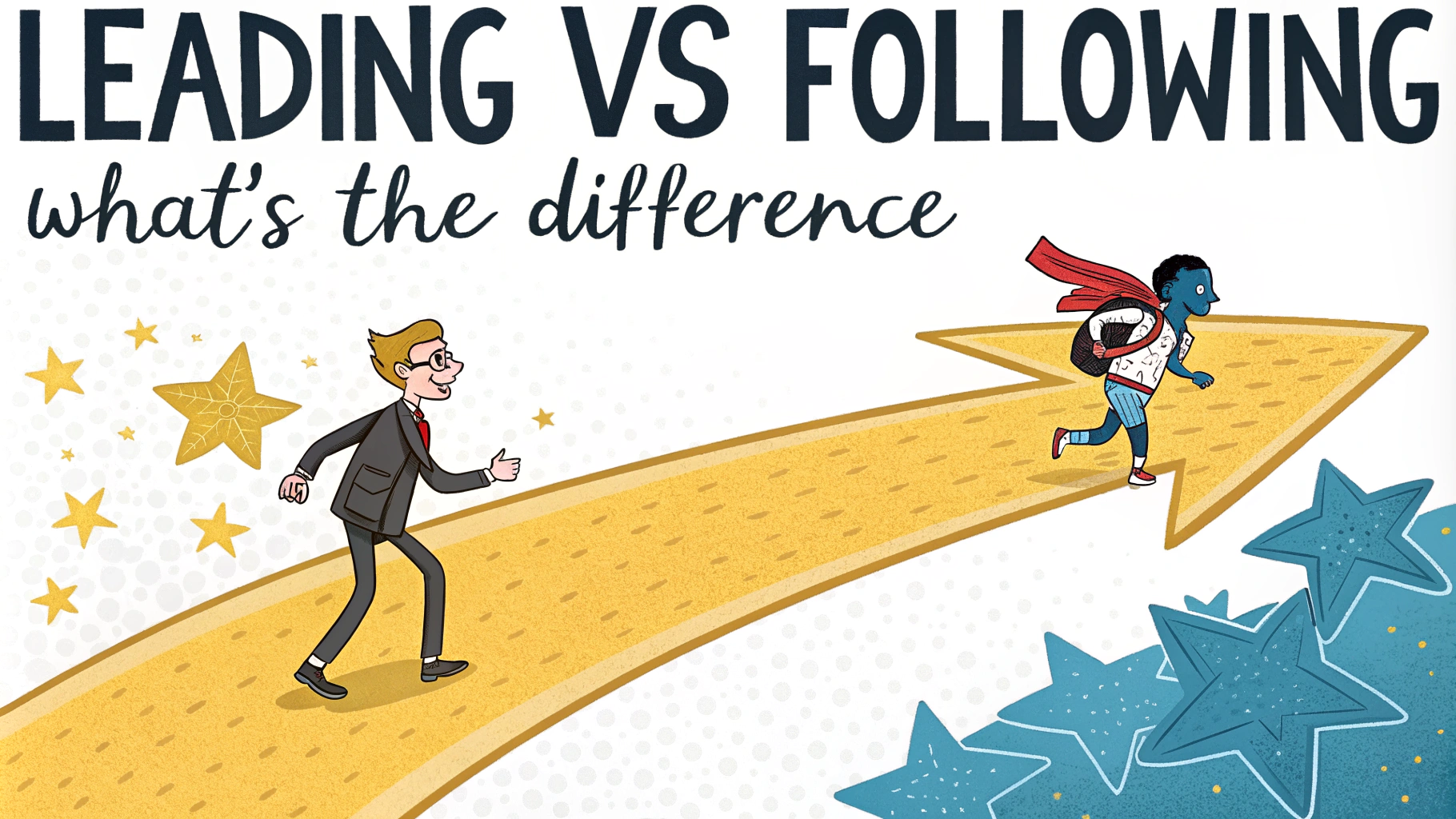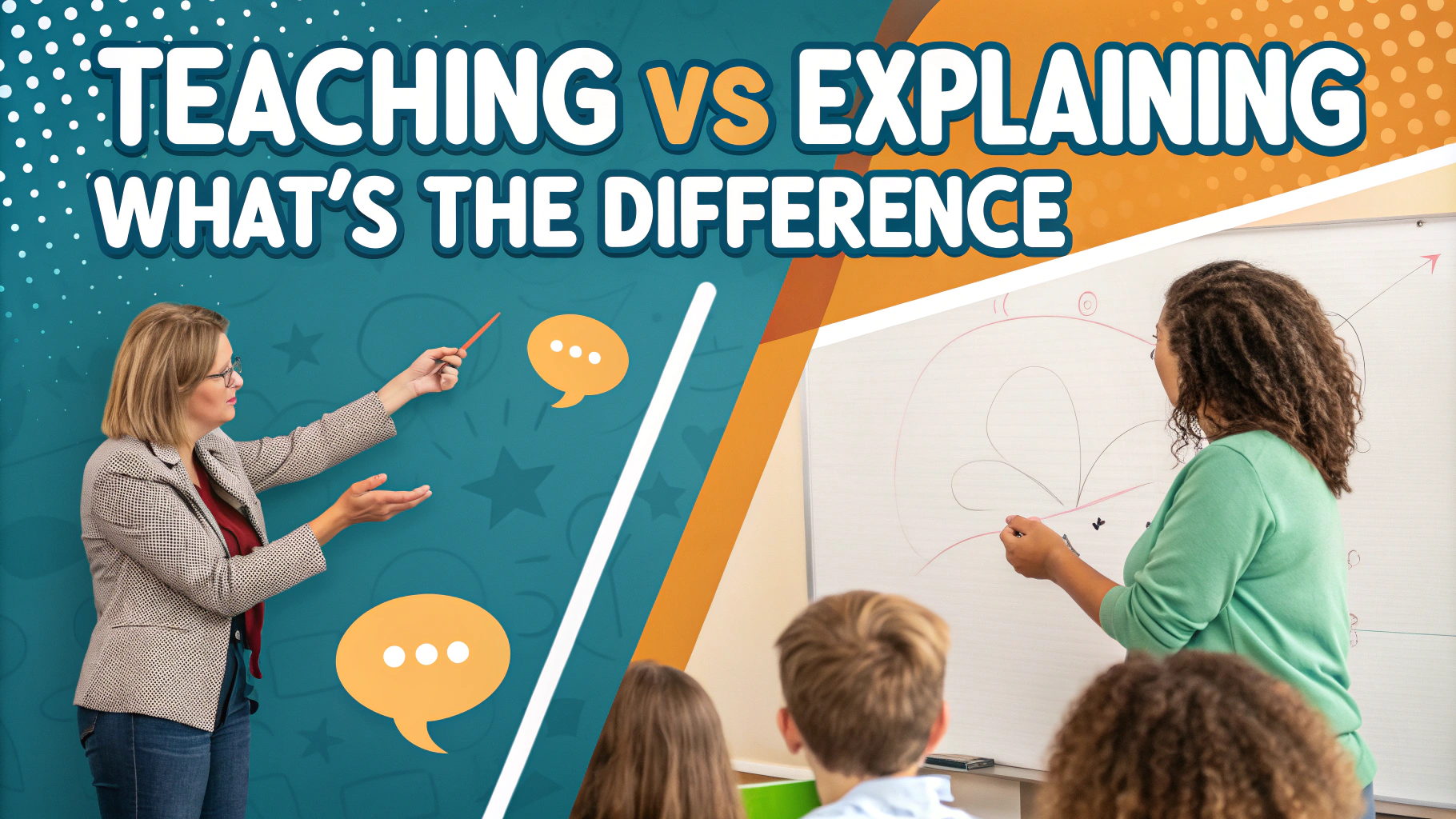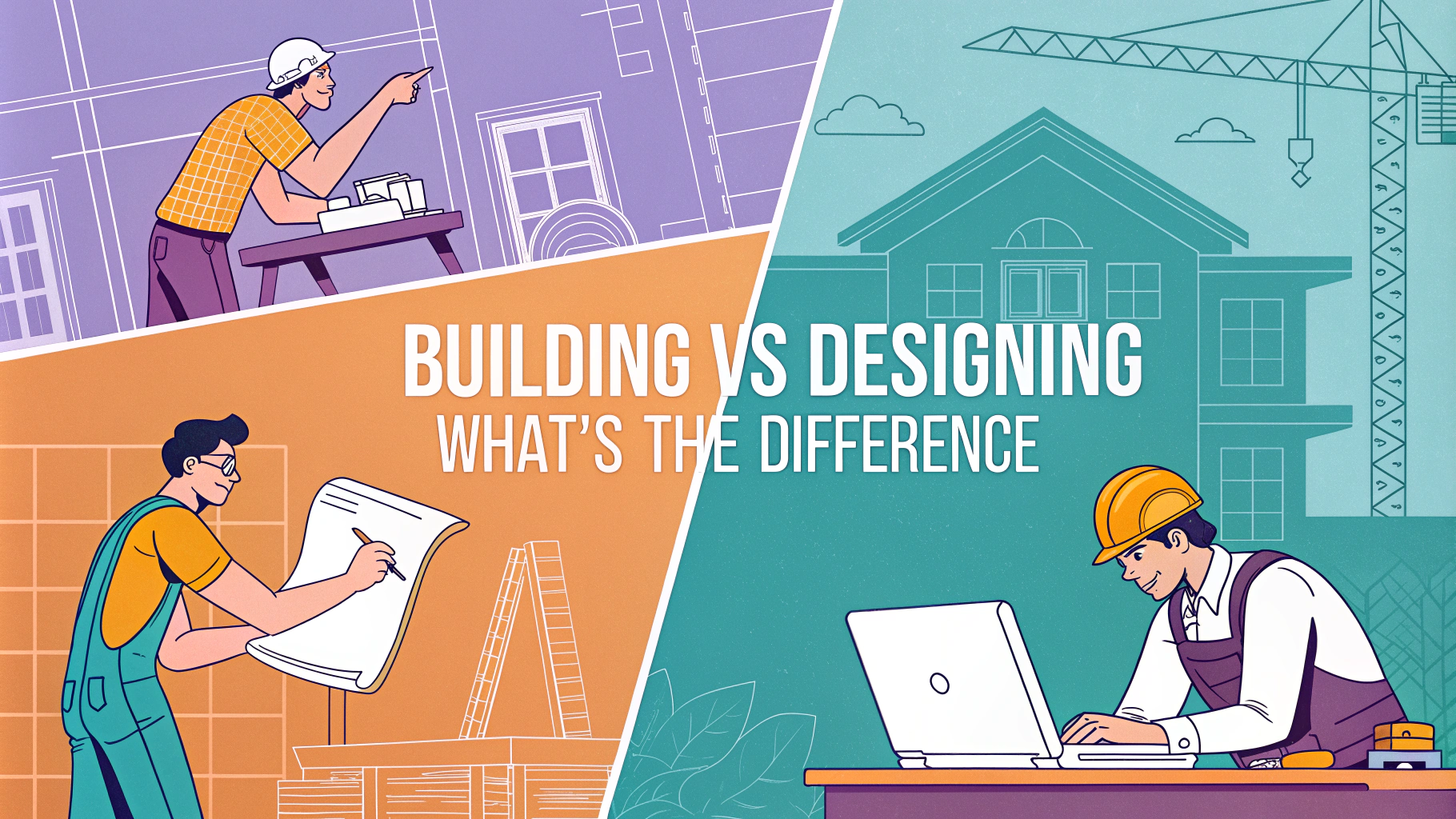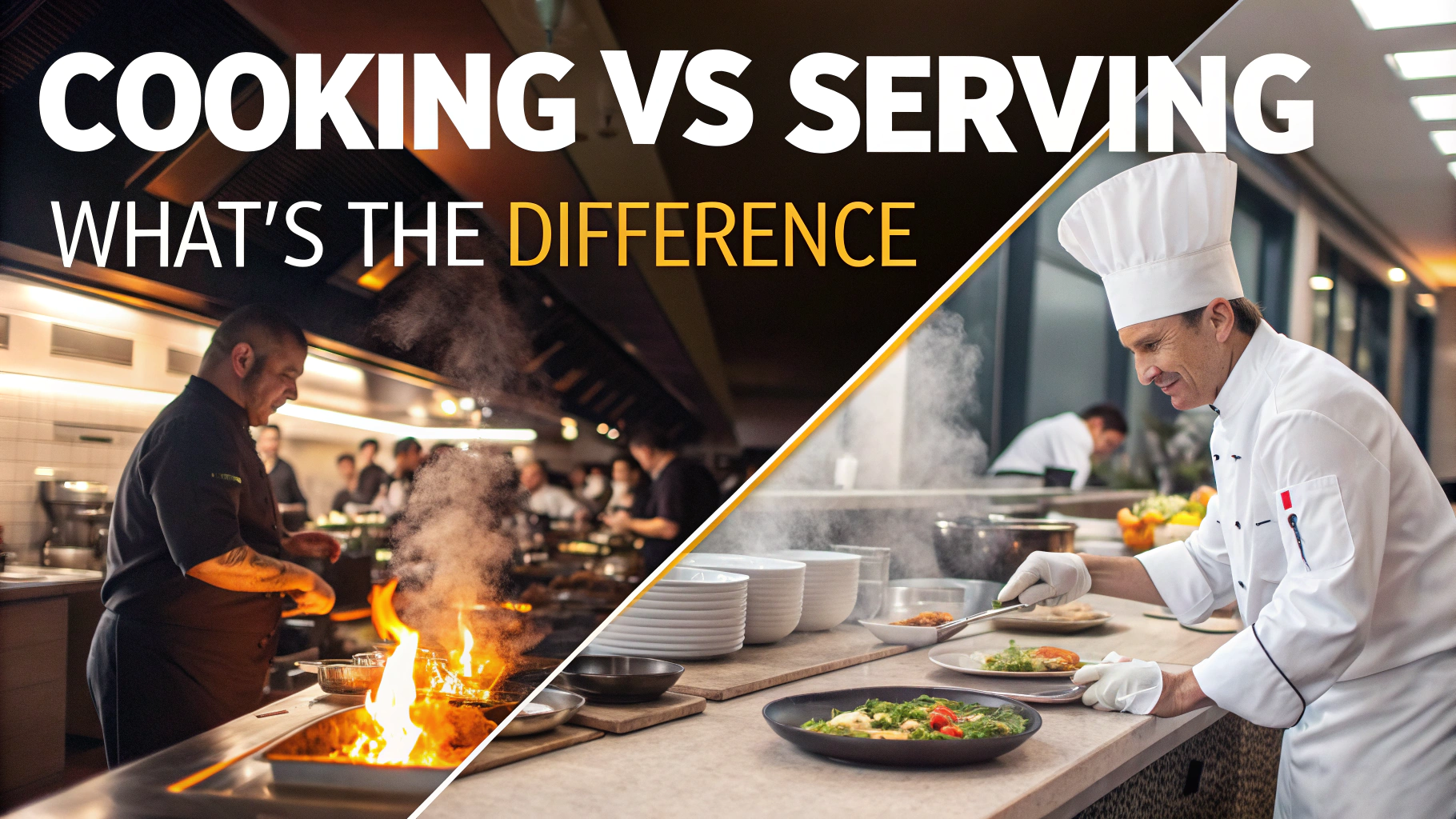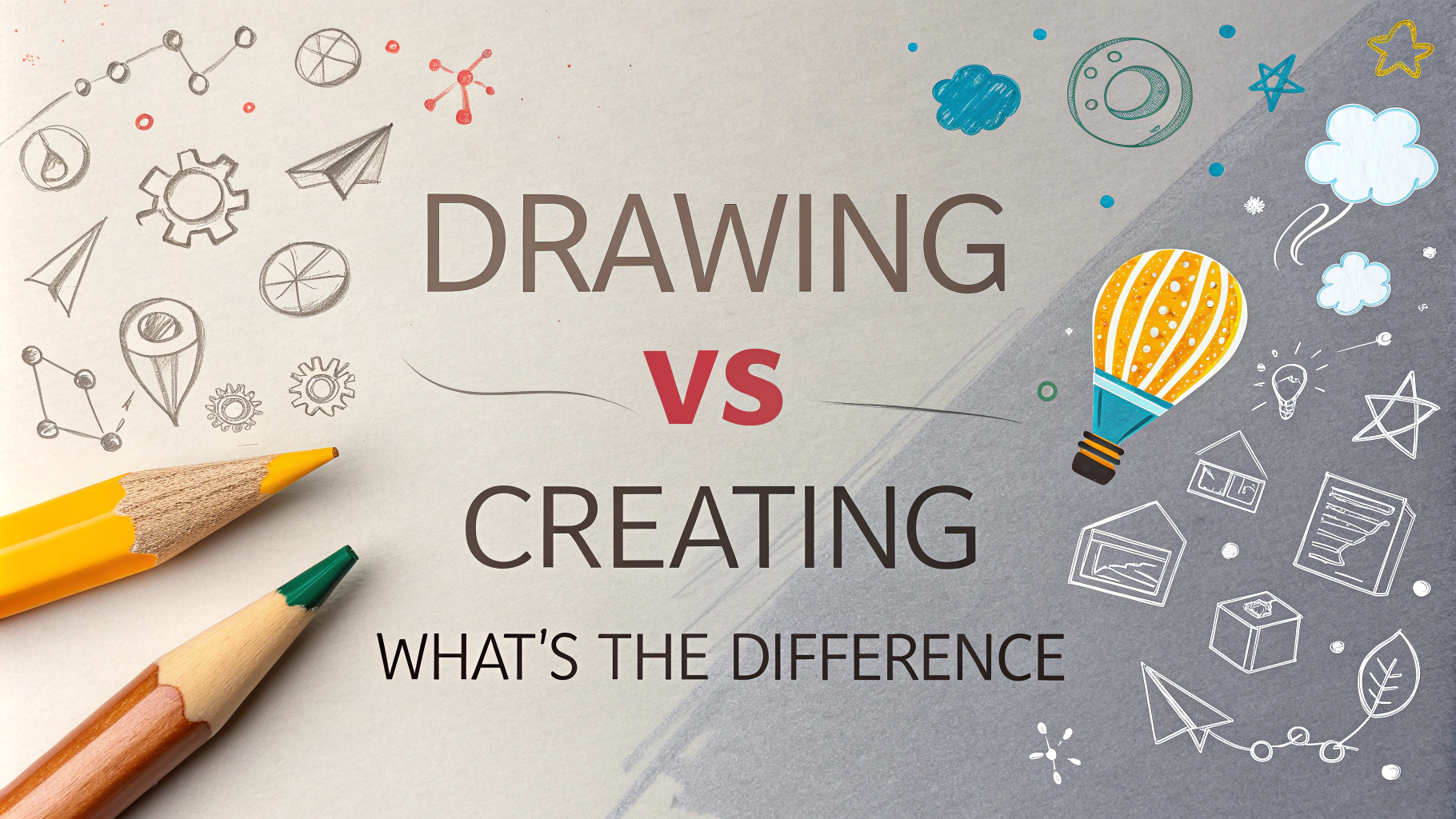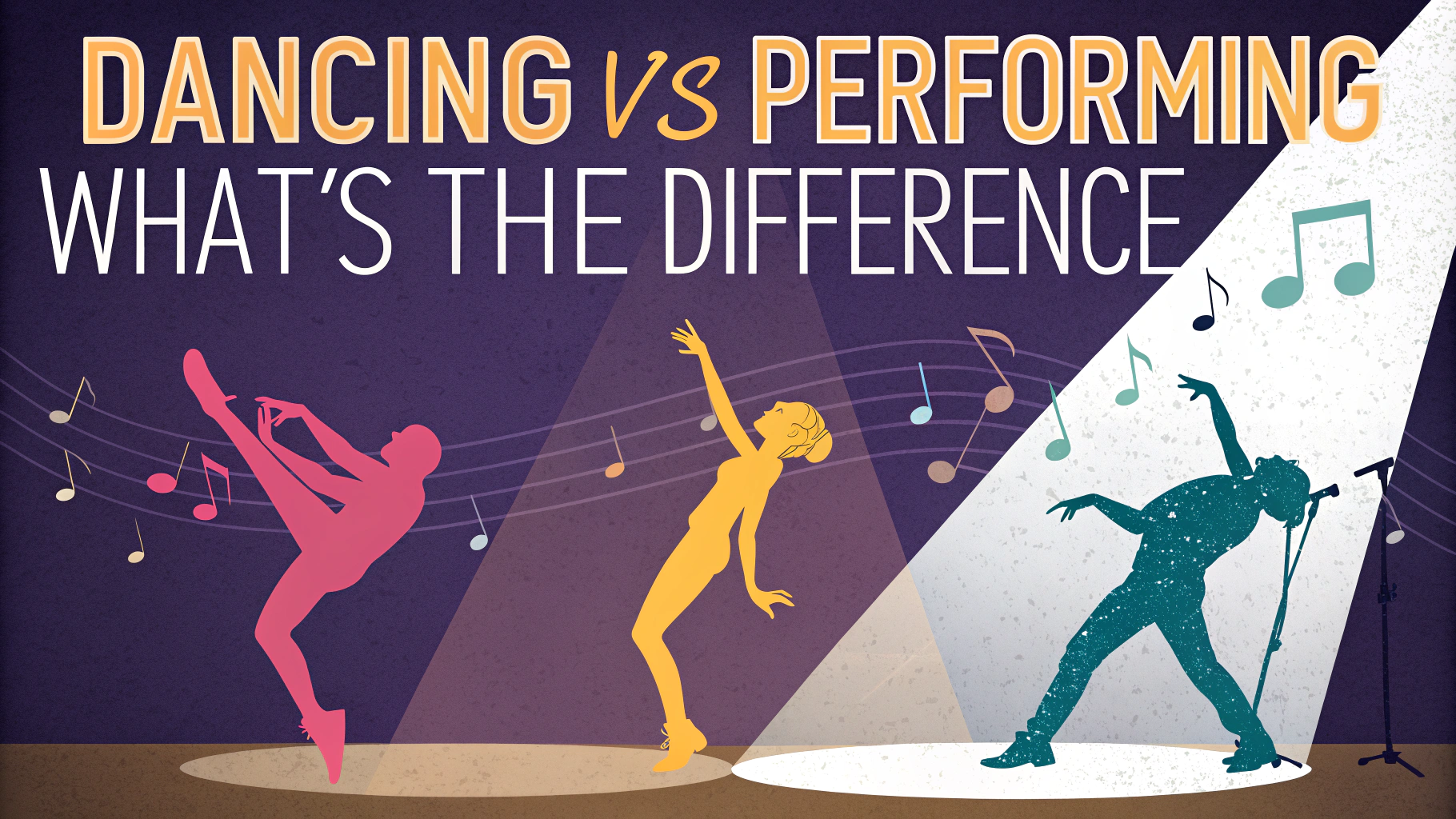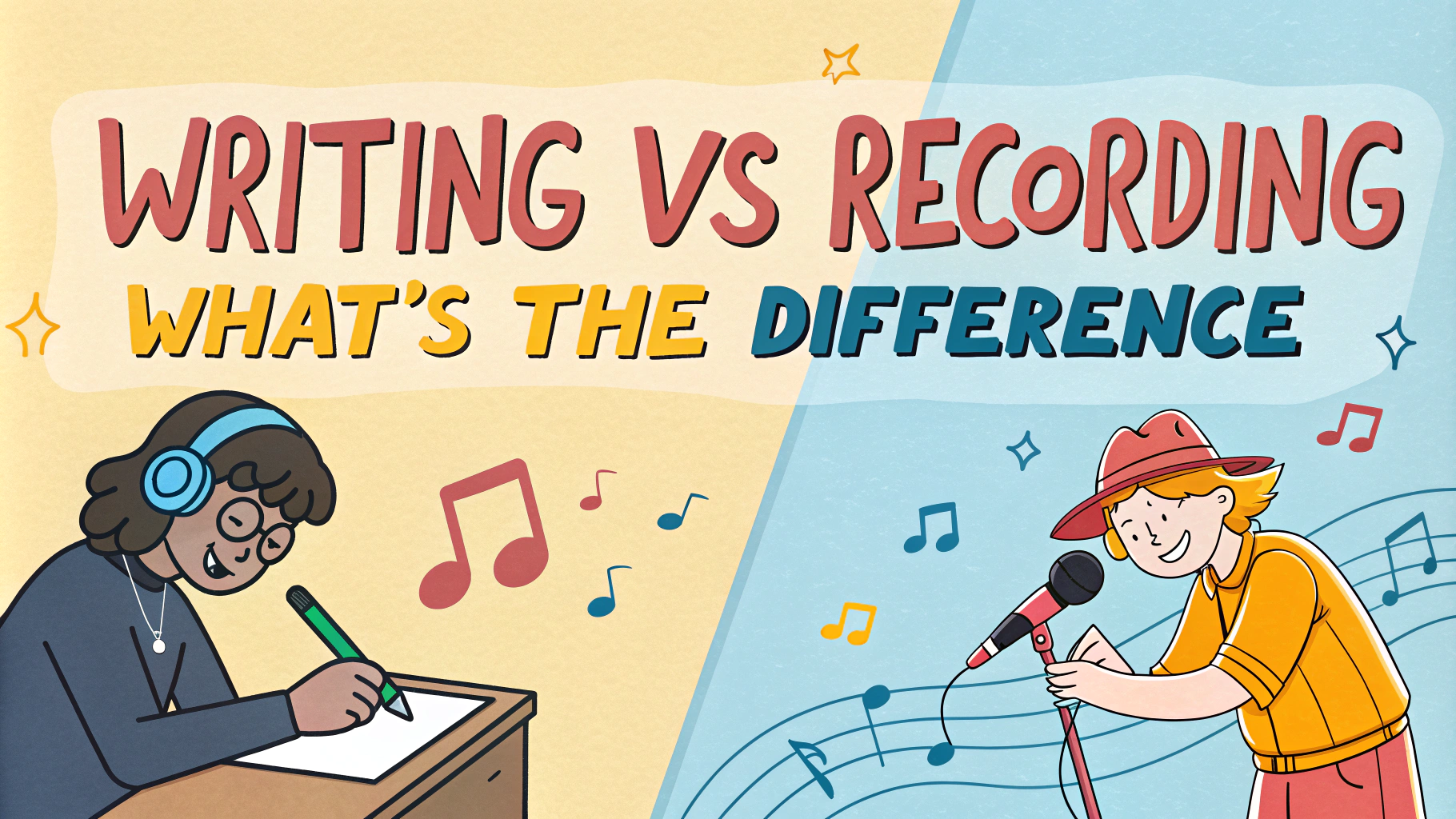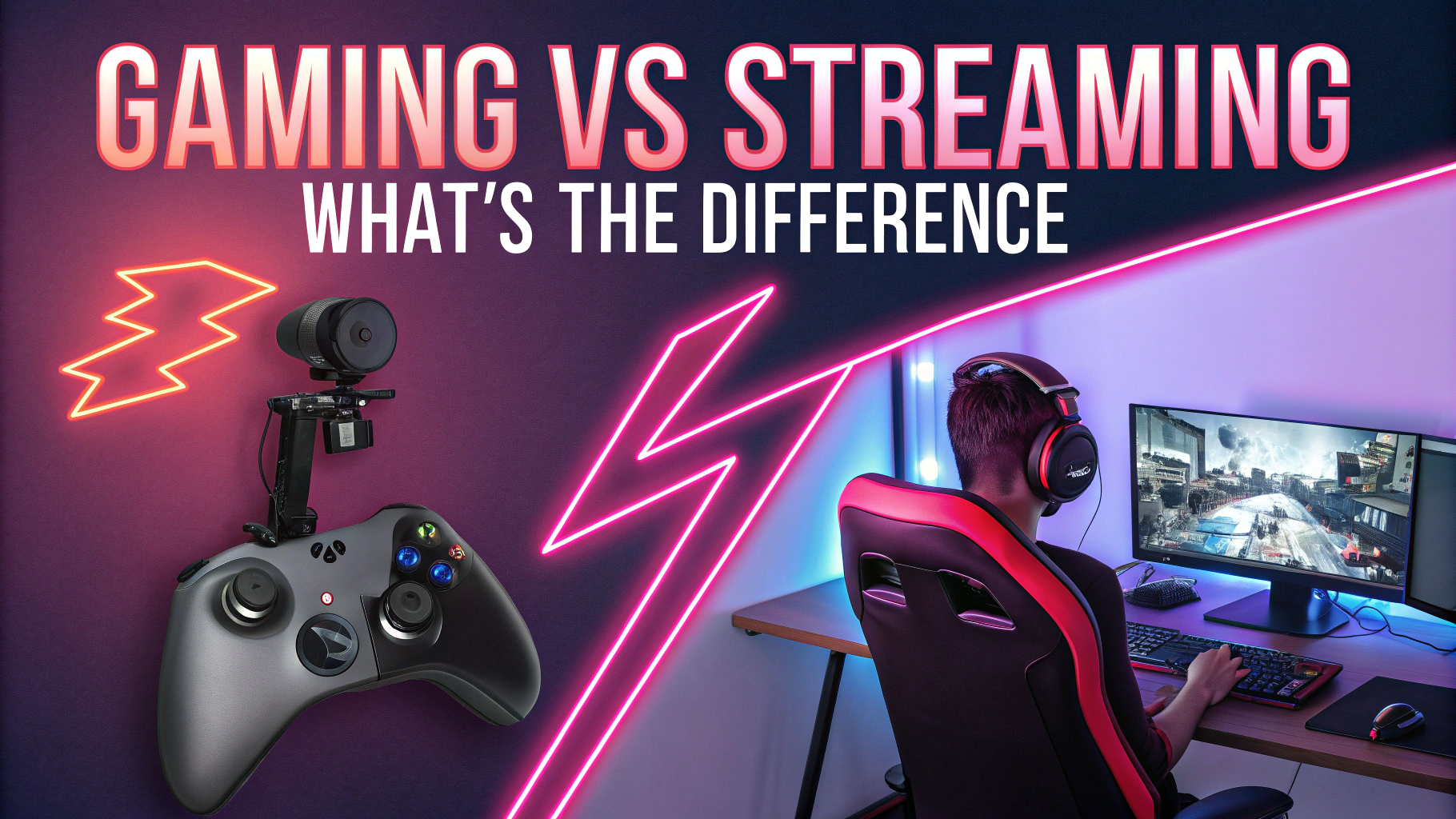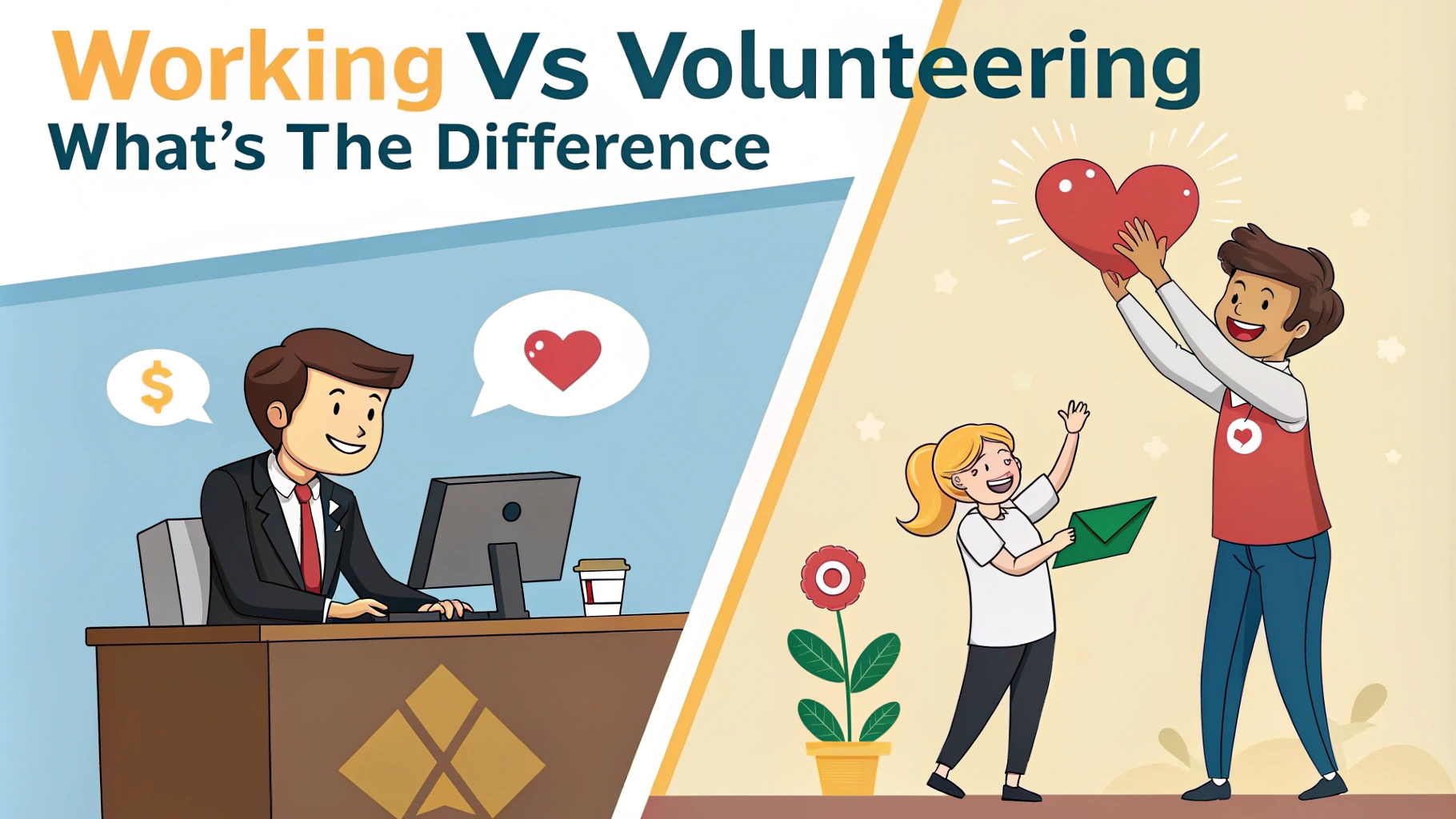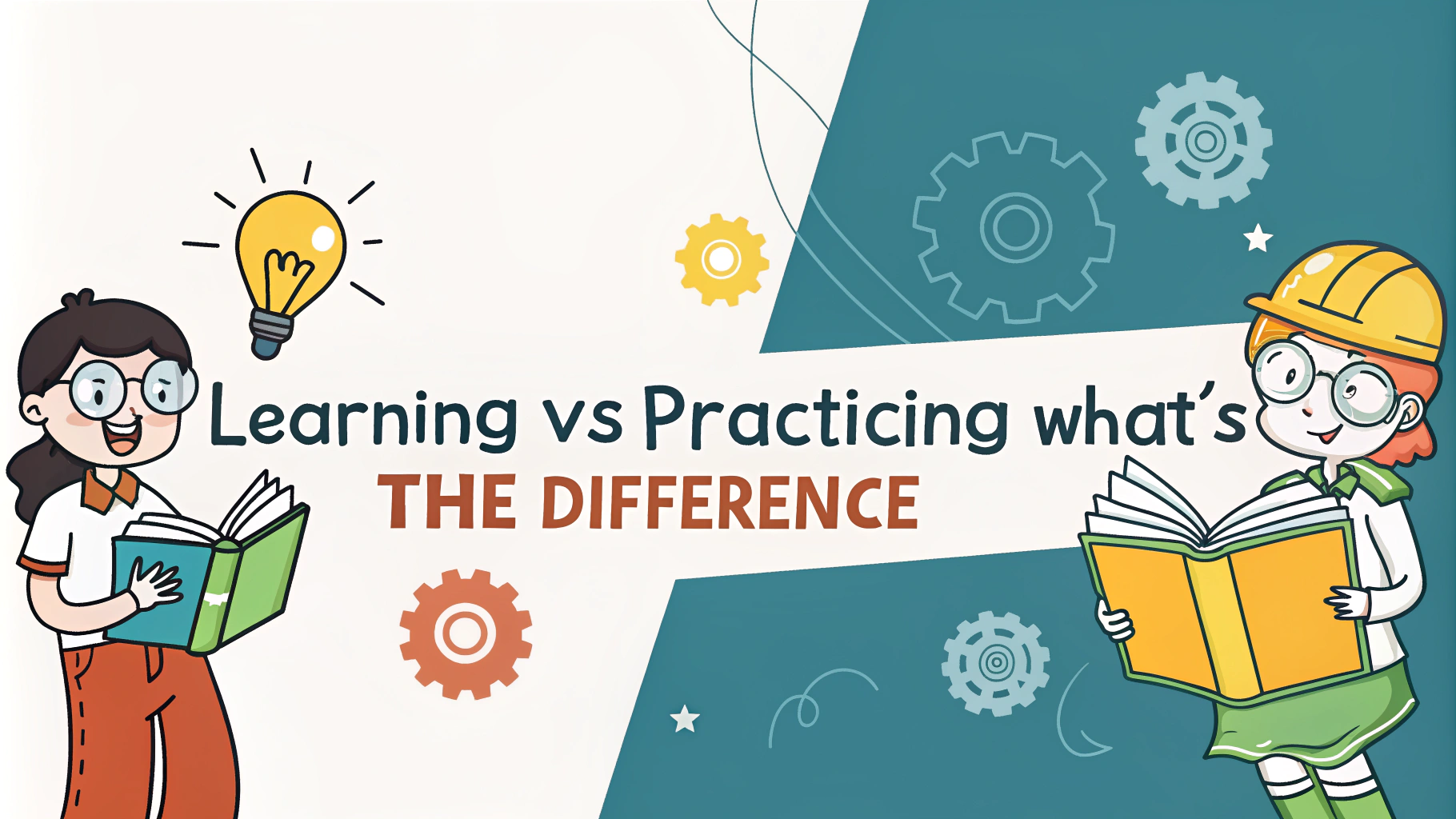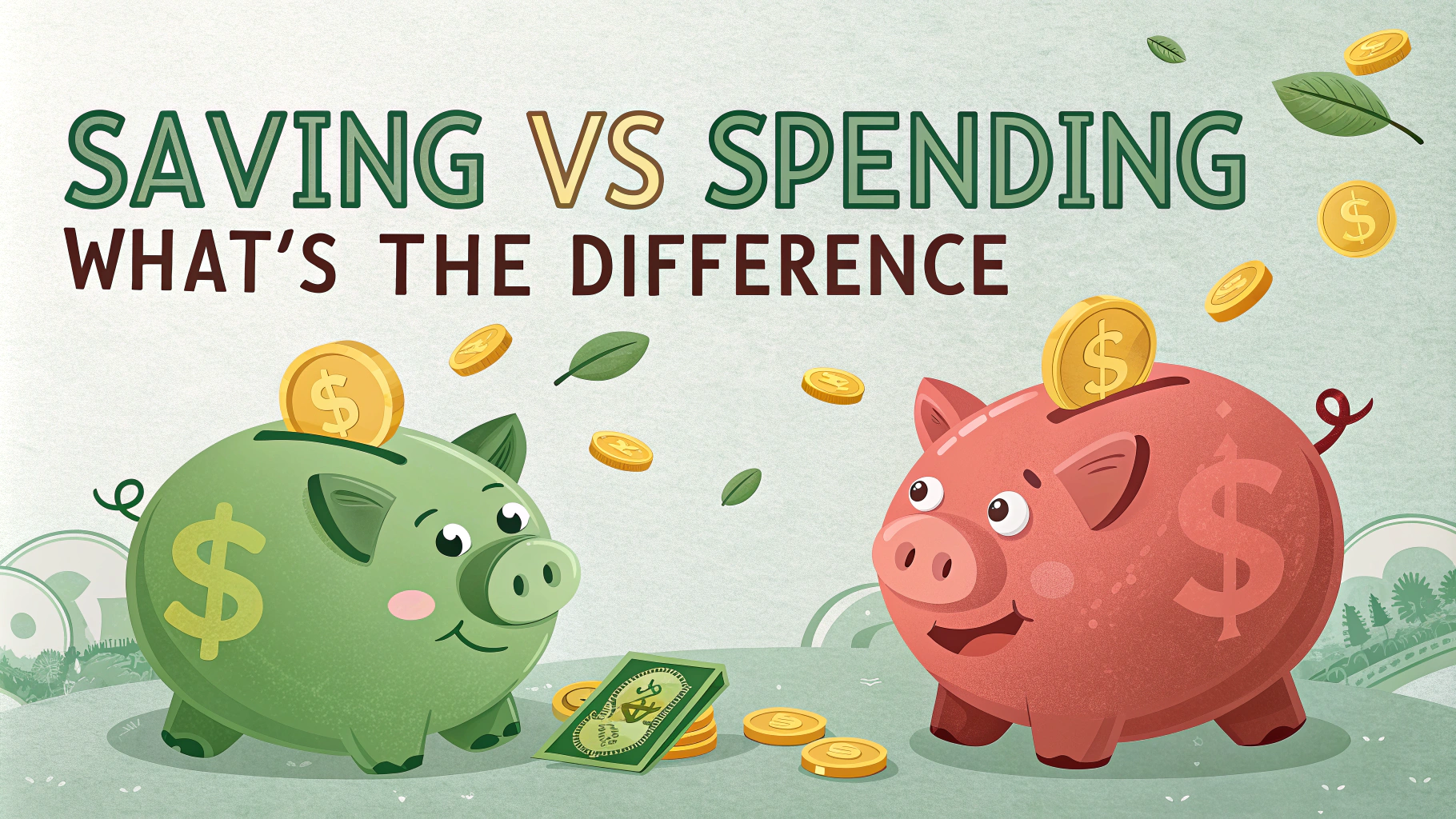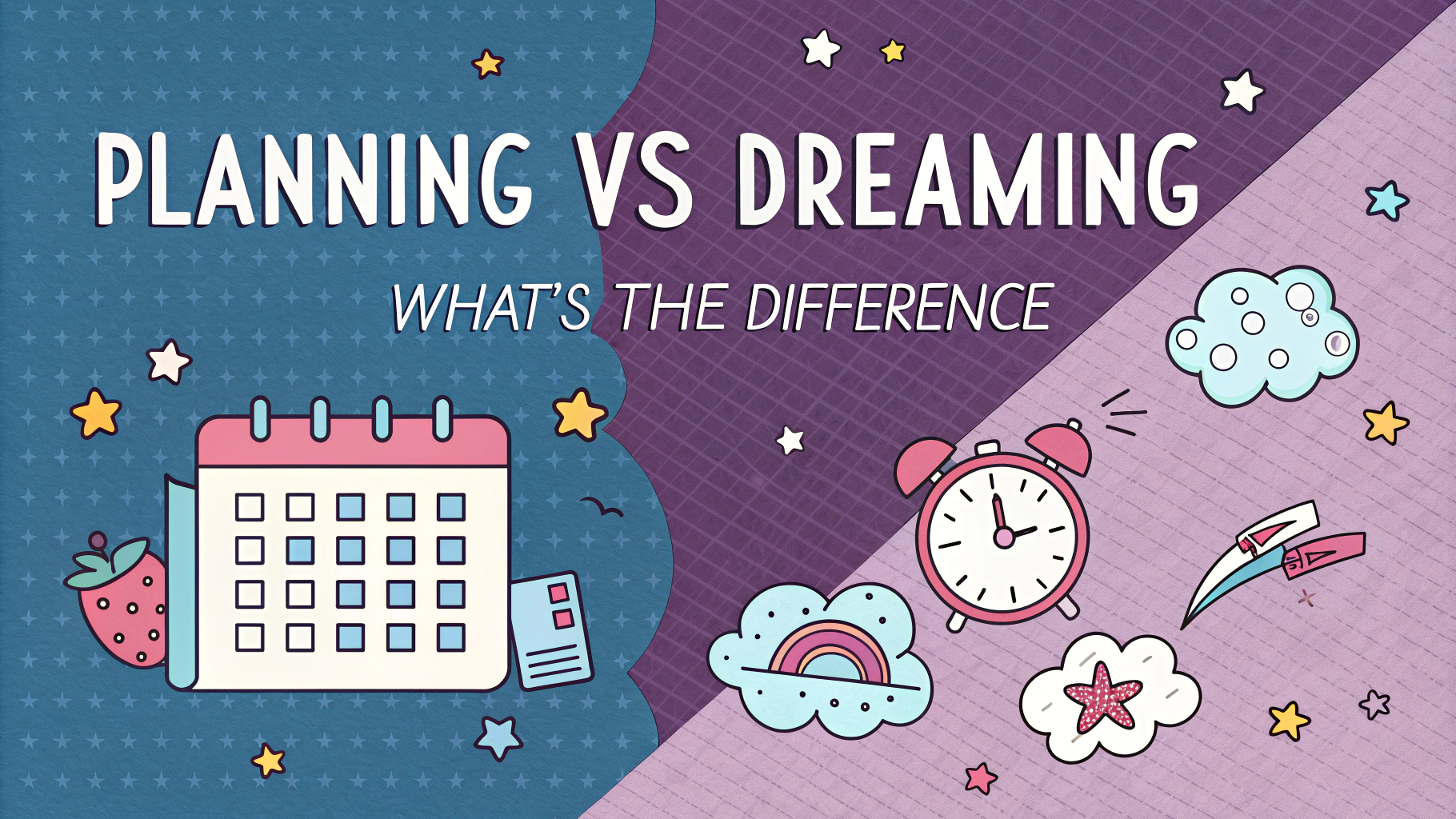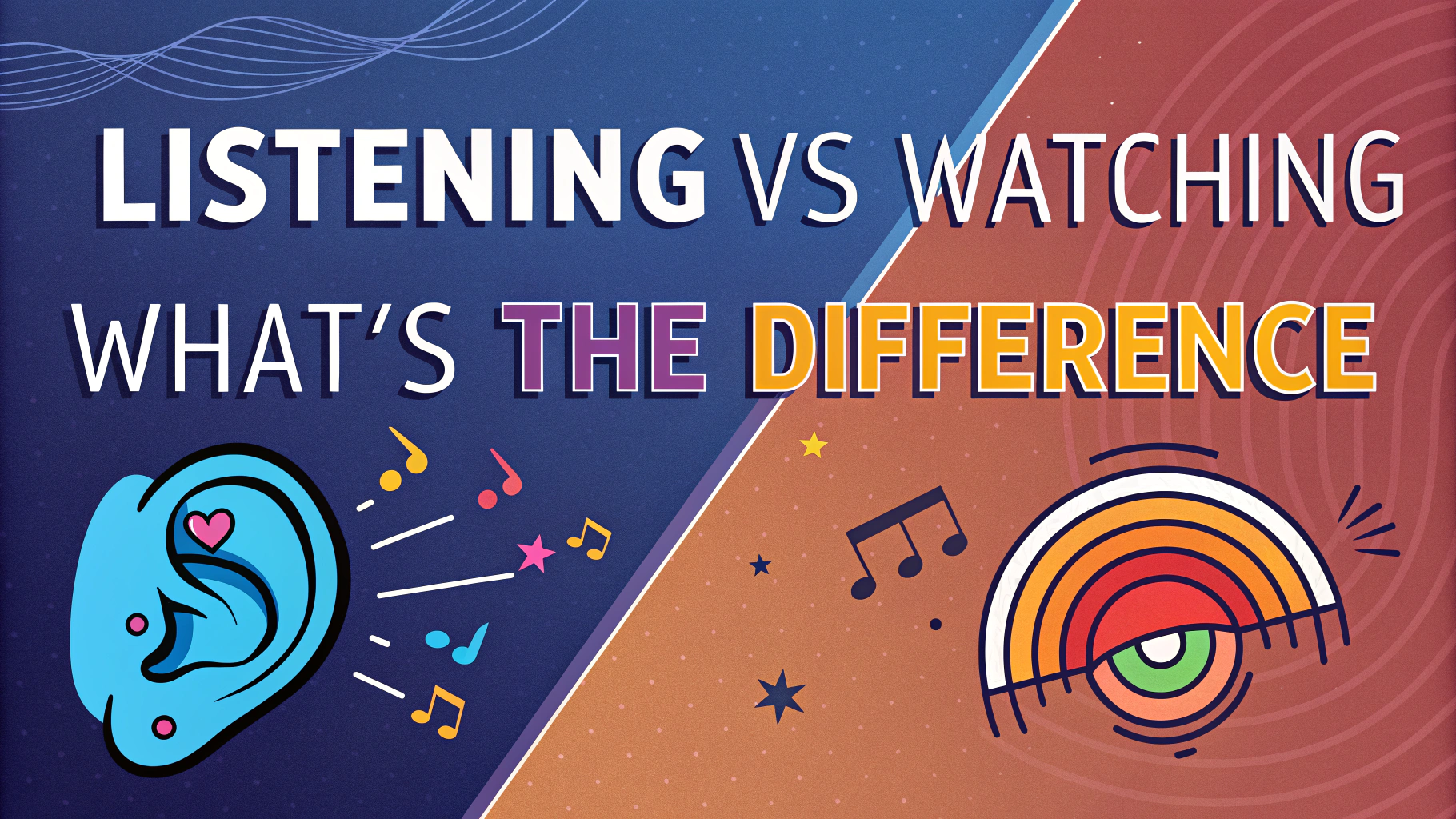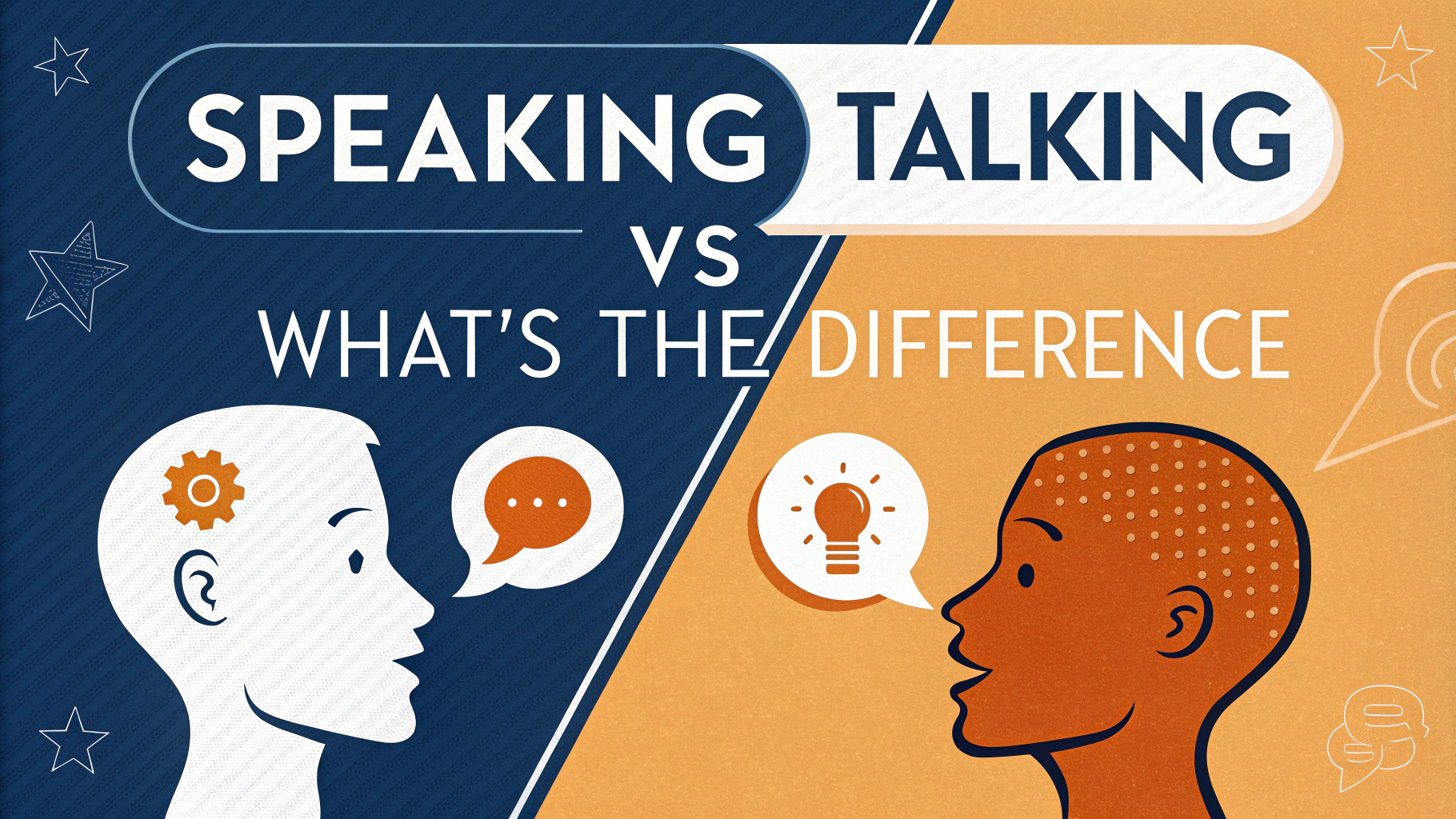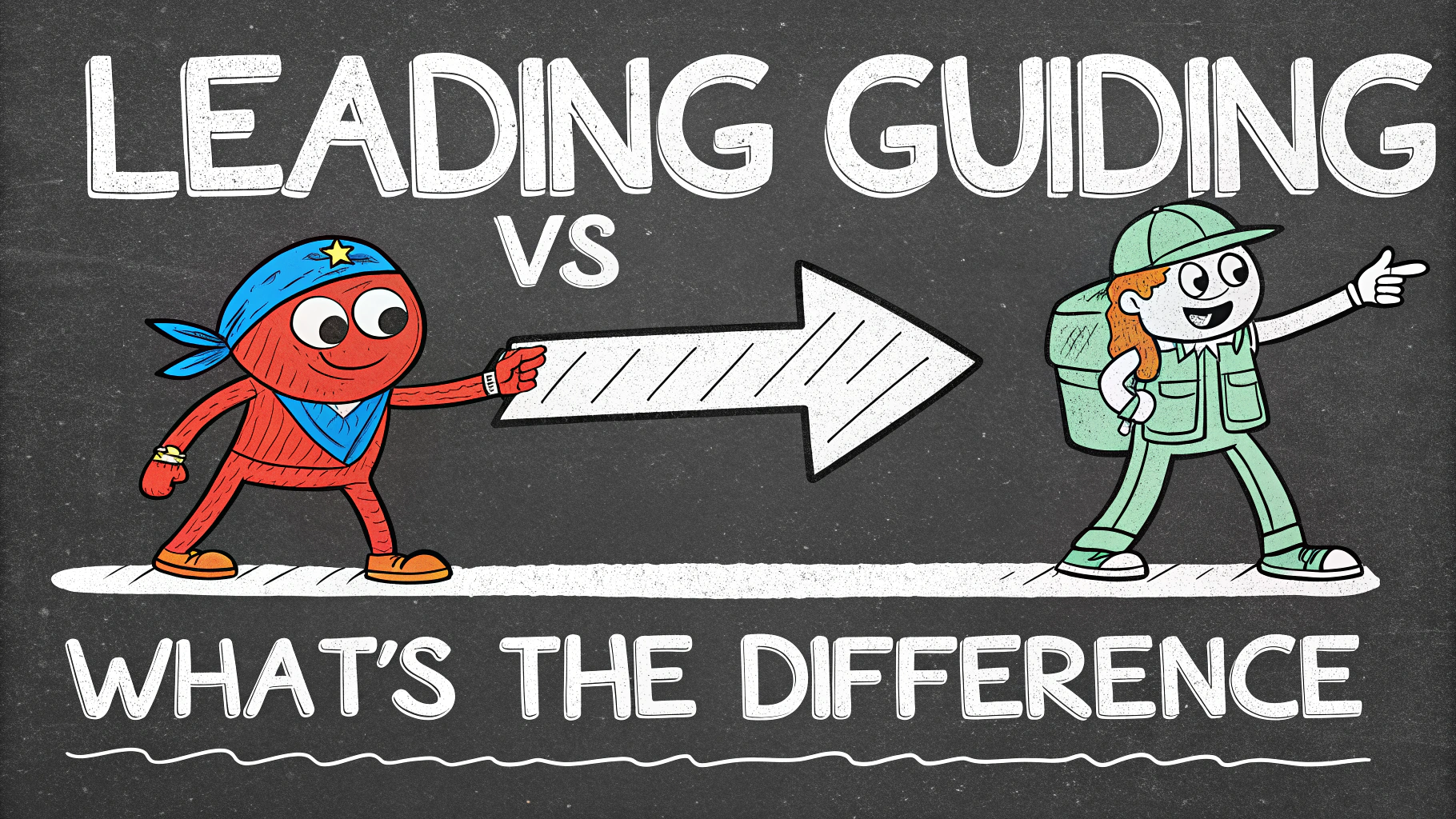Cozy comfort meets style in the age-old debate of sweater versus sweatshirt. Both garments offer warmth and versatility, but which one reigns supreme? This quick guide will help you navigate the world of knitwear and fleece, exploring the key differences and best uses for each.
We’ll compare sweaters and sweatshirts across various factors, including material, style, occasion-appropriateness, and care requirements. By the end, you’ll have a clear understanding of when to reach for a sweater and when a sweatshirt is the better choice.
Understanding the Basics: Sweater and Sweatshirt Defined
Sweaters are typically knitted garments made from wool, cotton, or synthetic fibers. They come in various styles, including pullovers, cardigans, and turtlenecks. Key features of sweaters include:
- Knitted construction
- Often made from natural fibers
- Generally dressier appearance
Sweatshirts, on the other hand, are usually made from a fleece or cotton-blend fabric. They’re characterized by their casual, athletic-inspired design. Common traits of sweatshirts include:
- Looser fit
- Often feature a hood or kangaroo pocket
- Typically made from cotton or synthetic blends
Material Matters: Fabric Choices and Their Impact
The fabric used in sweaters and sweatshirts greatly influences their warmth, durability, and overall feel. Sweaters often use natural fibers like wool, cashmere, or cotton, which provide excellent insulation and breathability.
Sweatshirts typically use cotton or polyester blends, offering a softer feel and moisture-wicking properties. Consider the following when choosing between the two:
- Sweaters: Better for temperature regulation, often more expensive
- Sweatshirts: More affordable, easier to care for, great for layering
Style and Versatility: Dressing Up or Down
Sweaters generally offer more versatility in terms of style and formality. They can be dressed up for office wear or dressed down for casual outings. Some popular sweater styles include:
- V-neck pullovers
- Crew neck sweaters
- Cable-knit designs
Sweatshirts excel in casual and athletic settings. They’re perfect for lounging, working out, or running errands. Common sweatshirt variations include:
- Hooded sweatshirts (hoodies)
- Crewneck sweatshirts
- Quarter-zip pullover sweatshirts
Caring for Your Garments: Maintenance Tips
Proper care extends the life of your sweaters and sweatshirts. Here’s how to maintain them:
Sweater Care
- Hand wash delicate fabrics like wool and cashmere
- Use cold water and mild detergent
- Lay flat to dry to maintain shape
- Store folded to prevent stretching
Sweatshirt Care
- Machine wash in cold water
- Turn inside out to protect print or embroidery
- Tumble dry on low heat
- Remove promptly to minimize wrinkles
Seasonal Considerations: When to Wear What
Choose the right garment for the weather:
- Fall/Winter: Heavy knit sweaters for extra warmth
- Spring/Summer: Lightweight cotton sweaters or sweatshirts for cool evenings
- Layering: Thin sweaters or sweatshirts under jackets for versatile warmth
Consider fabric weight and breathability when selecting your outfit for changing temperatures.
Fashion Trends: Staying Stylish with Sweaters and Sweatshirts
Keep your wardrobe fresh with these trending styles:
Sweater Trends
- Oversized chunky knits
- Colorblock designs
- Cropped lengths
Sweatshirt Trends
- Retro-inspired graphics
- Pastel colors
- Deconstructed styles
Mix and match these trends with classic pieces for a balanced look.
Making the Right Choice: Sweater or Sweatshirt?
Consider these factors when deciding between a sweater and sweatshirt:
- Occasion: Formal events call for sweaters, casual outings suit sweatshirts
- Activity level: Choose sweatshirts for sports, sweaters for less active pursuits
- Personal style: Align your choice with your fashion preferences
- Climate: Opt for breathable fabrics in warm weather, insulating materials in cold
Remember, both garments have their place in a well-rounded wardrobe.
Conclusion: Embracing Both Sweaters and Sweatshirts
The sweater vs. sweatshirt debate doesn’t have a clear winner. Both offer unique benefits:
- Sweaters provide versatility and a polished look
- Sweatshirts offer comfort and casual style
Invest in quality pieces of both types to create a flexible wardrobe. Mix and match sweaters and sweatshirts with other clothing items to maximize your outfit options.
By understanding the strengths of each garment, you can make informed choices that suit your lifestyle, comfort needs, and personal style. Whether you’re dressing for work, weekend relaxation, or outdoor adventures, having both sweaters and sweatshirts in your closet ensures you’re prepared for any occasion.
FAQs: Sweater vs. Sweatshirt
1. What’s the main difference between a sweater and a sweatshirt?
The main difference lies in the material and construction:
- Sweaters are typically knitted from wool, cotton, or synthetic fibers
- Sweatshirts are usually made from cotton or fleece and have a more casual, athletic look
2. Are sweaters or sweatshirts warmer?
Generally, sweaters are warmer due to their knit construction and materials like wool. However, fleece sweatshirts can also provide significant warmth.
3. Can you wear a sweater for workouts?
It’s not recommended. Sweatshirts are better suited for workouts as they’re designed to absorb sweat and allow for more movement.
4. What are the best sweater materials for warmth?
The warmest sweater materials include:
- Merino wool
- Cashmere
- Alpaca
- Mohair
5. How do you style a crew neck sweatshirt for a smart casual look?
To style a crew neck sweatshirt for a smart casual look:
- Pair it with chinos or dark jeans
- Layer it over a collared shirt
- Add a blazer or leather jacket
- Finish with clean, minimal sneakers or leather shoes
6. What’s the difference between a cardigan sweater and a zip-up hoodie?
| Cardigan Sweater | Zip-up Hoodie |
|---|---|
| Knitted material | Sweatshirt material |
| Button closure | Zipper closure |
| No hood | Has a hood |
| Often dressier | More casual |
7. Are turtleneck sweaters still in style?
Yes, turtleneck sweaters remain a classic and versatile style. They’re particularly popular during fall and winter seasons.
8. How do you care for a cashmere sweater?
To care for a cashmere sweater:
- Hand wash in cold water with mild detergent
- Avoid wringing or twisting
- Lay flat to dry
- Store folded, not hung
9. What’s the difference between a pullover and a sweater?
A pullover is a type of sweater that you put on by pulling it over your head. All pullovers are sweaters, but not all sweaters are pullovers (e.g., cardigans).
10. Can you wear sweatshirts to the office?
It depends on your office dress code. In casual workplaces, a well-fitted, clean sweatshirt might be acceptable. For more formal environments, opt for a sweater instead.
11. What are the best sweatshirt brands for quality and durability?
Some highly regarded sweatshirt brands known for quality and durability include:
- Champion
- Carhartt
- Nike
- Reigning Champ
- American Giant
12. How do you remove pilling from a wool sweater?
To remove pilling from a wool sweater:
- Use a fabric shaver or sweater stone
- Gently run it over the surface of the sweater
- Brush off loose pills
- Repeat as necessary
13. What’s the difference between a hoodie and a sweatshirt?
The main difference is that a hoodie has a hood, while a sweatshirt doesn’t. Hoodies may also have a front pocket, whereas sweatshirts might not.

